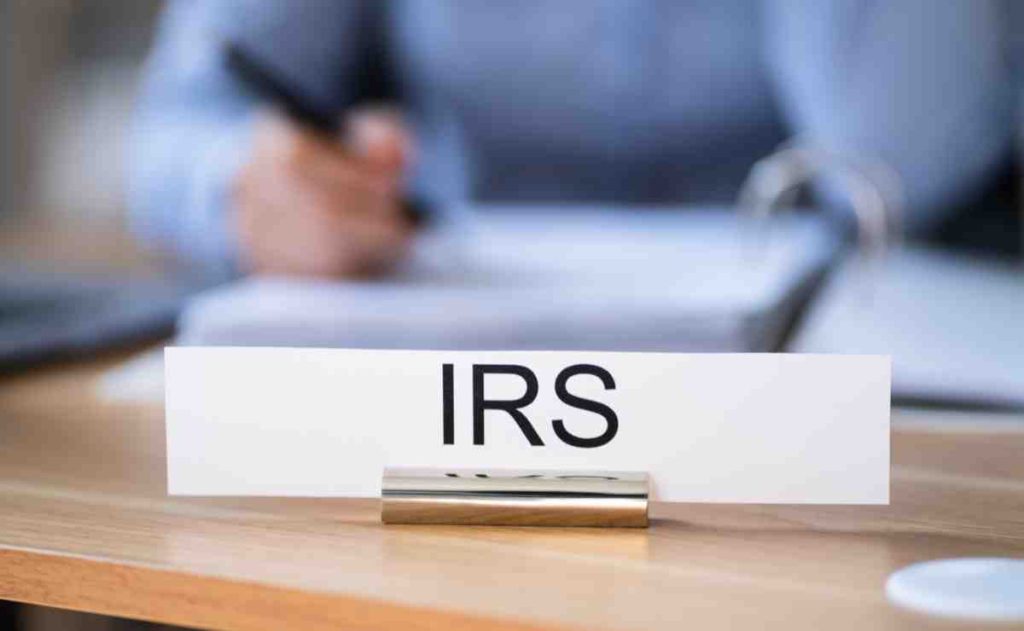In recent times, many small businesses have navigated through the ups and downs brought on by the Covid-19 pandemic. To cushion this impact, the U.S. government rolled out several assistance programs, including stimulus checks. However, it’s crucial to remember that being transparent with financial institutions is always the best policy. Now, the Internal Revenue Service IRS is taking action against certain payments made during this period.
Over 20,000 notices are being dispatched by the IRS to small businesses that might have incorrectly claimed the Employee Retention Credit (ERC). These communications are targeting organizations that were either non-existent or lacked employees during the time frame eligible for the ERC. The IRS suspects that some of these claims might not be legitimate and is asking for the return of the funds disbursed.
IRS oversight of ERC program ensuring fairness in pandemic relief
The ERC was launched as part of the 2020 Coronavirus Aid, Relief, and Economic Security (CARES) Act. Its aim was to encourage businesses to keep their employees on the payroll amidst the economic disruptions caused by the pandemic. Eligible employers who retained their staff between March 12, 2020, and January 1, 2022, could apply for this refundable tax credit.
According to a report by the Government Accountability Office (GAO) last year, claims for the ERC reached around 367,280, totaling about $32 billion. However, this Monday, the IRS identified a notable number of claimants who did not fulfill the basic requirements for the ERC, flagging these as potential fraud. Affected parties will soon receive Letter 105 C, informing them of their claim’s rejection.
Danny Werfel, the IRS Commissioner, emphasized the importance of reviewing the rules of the ERC with a reliable tax professional, as the agency continues its investigations into these credits. In October, the IRS reported that it was already pursuing ‘hundreds of criminal cases,’ with ‘thousands’ of claims under audit. These include claims from entities that didn’t exist or didn’t have paid employees during the eligible period.
To address this, the IRS is offering a voluntary program for business owners to withdraw their claims if they suspect inaccuracies in their filed returns. Additionally, a forthcoming disclosure initiative will enable them to return questionable payments, potentially avoiding further complications. Commissioner Werfel encourages those with doubtful claims to consider withdrawing or utilizing the upcoming program to return improper refunds, thereby preventing future issues.
Furthermore, the IRS has paused processing new ERC claims until at least the end of 2023. This is a strategic move to minimize fraud and safeguard businesses against potential penalties or interest due to incorrect claims.
Originally, in 2020, eligible employers could claim a 50 percent credit on qualified wages paid to employees, capped at $5,000 per employee for the year. In 2021, this was expanded, increasing the cap to $21,000 per employee. Cumulatively, a business could claim up to $26,000 per employee over both years. Consequently, if a business has claimed inaccurately or committed fraud, they will have to repay the full amount received through this tax benefit.
The average payout was around $87,127 per claim, with the IRS processing approximately 3.6 million applications. This indicates that the total ERC disbursements could surpass $300 billion.
